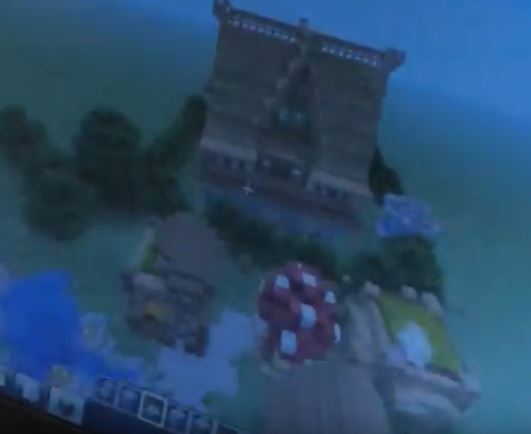Submitted by: Michael Elza
Collaborators: Renee Balch-Instructional Coach, Brooke Davis-Librarian
School: Varina High School
Summary
Students are given a precursor to the concept of the logo by creating their own personal marks. Using their initials, signature, or an icon, students personalized these designs for use on their own artwork. After the completion of the marks, the students discover the purpose of logos through guided questioning. They will also learn the three different categories that logos fall under and give examples that they have seen of each type. For the duration of the unit, students are asked to identify the similarities and differences between the types. A tiered assignment, designed in collaboration with Ms. Balch, is then given to students. This assignment, tiered according to readiness level, allows them to create a logo for a company. In groups, students brainstorm, plan, sketch, and create their own logos for these companies. They will focus on the different stages of the logo process. Students will use the logo for the following project, which is a stationery package design for their companies. Several other activities, including quizzes, a scavenger hunt, and a research presentation (in collaboration with Ms. Davis) are implemented throughout the unit.
TIPC Ratings
Approaching – Because this is a largely-research based unit, students drive the actual accumulation of facts and background information that pertains to their company. They are not only the creative force for the project but research and development as well. Minimal teacher direction is evident as far as the creation of the company. The teacher just provides the media for the student selection. Teacher intervention is minimal during the presentation research phase of the unit. This is offered as a starting off point for the students for the purpose of showing them appropriate sources.
Approaching – This unit utilizes the concept of collaboration to a high degree. There is collaboration with other staff on the teacher’s part. The main focus though is the collaboration as a class for critique and small groups as design teams. Students must be able to work with other team members as well as share their views and criticism with their peers as a whole unit. Students must communicate with each other to solve the design problem.
Approaching – Students must solve multiple problems during the whole logo process. They must decode verbal contexts into abstract ideas for visual communication as well as make aesthetic decisions about design. This unit is student-centered in every degree with the teacher there to offer minor assistance and redirection along the way.
Approaching – This portion of the unit is all-student directed. Students are to brainstorm their ideas to create their own original ideas from start to finish. Little teacher guidance is evident as far as creativity because most questions are redirected to other students. Students are given the activities to come up with their own solutions.
Download Files
LESSON MATERIALS
Contents:
- LESSON PLAN
- HOW TO FIND GOOD WEBSITES (PPTX)
- WHAT MAKES A GOOD LOGO PRESENTATION (PPTX)
- TIERED ASSIGNMENT
- ARTIFACTS




